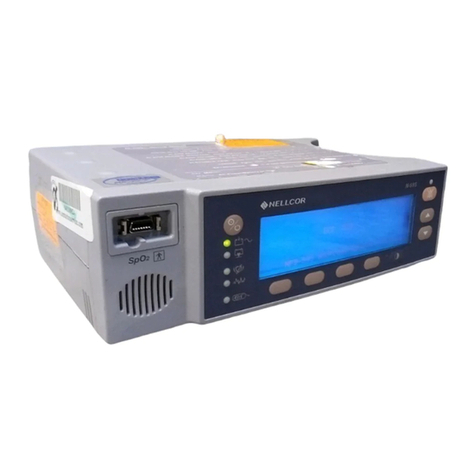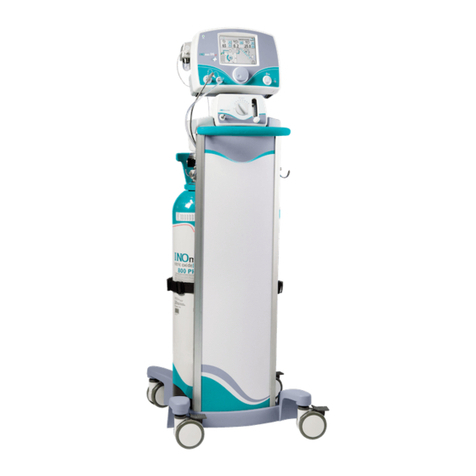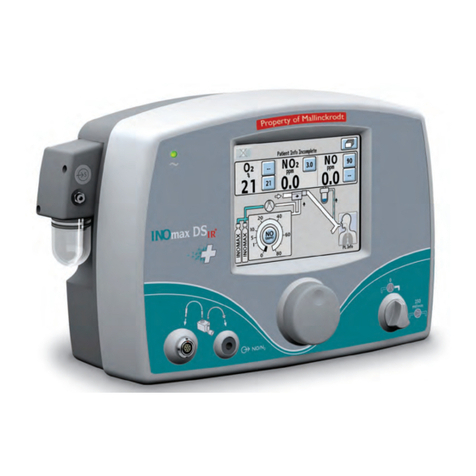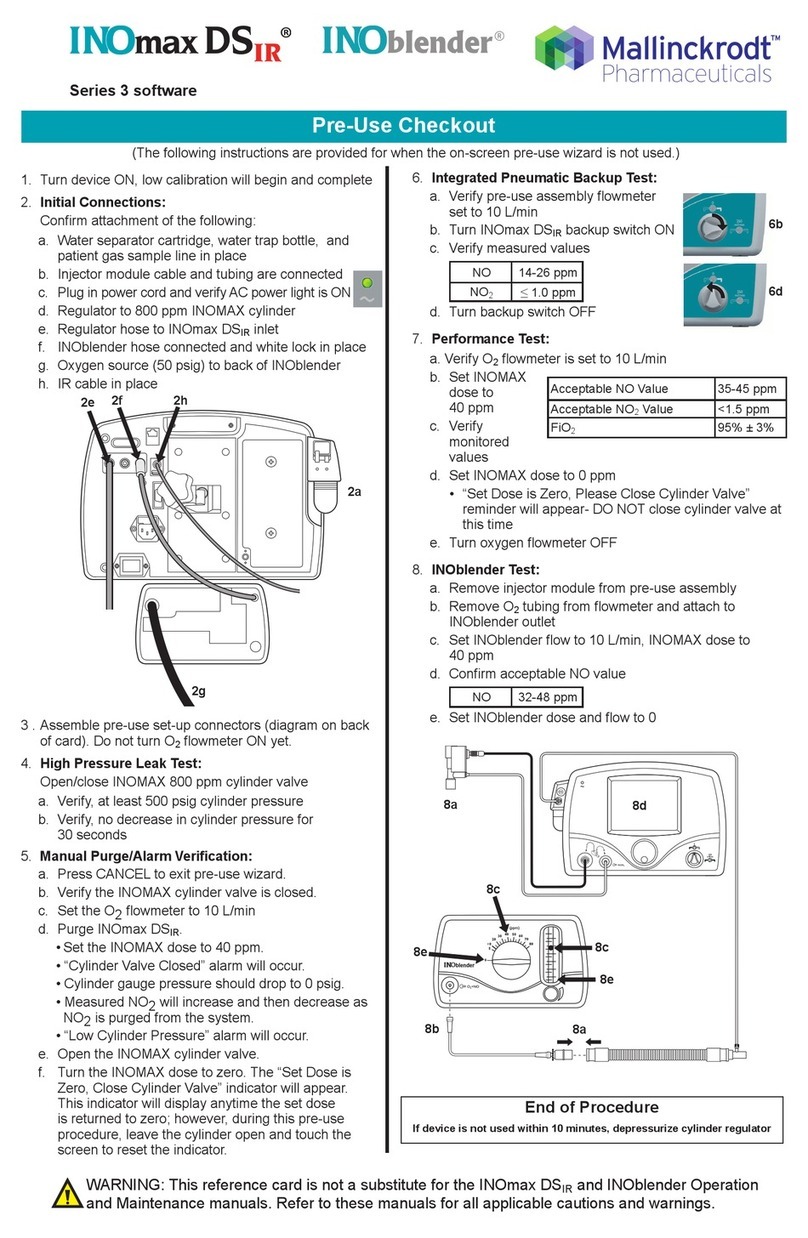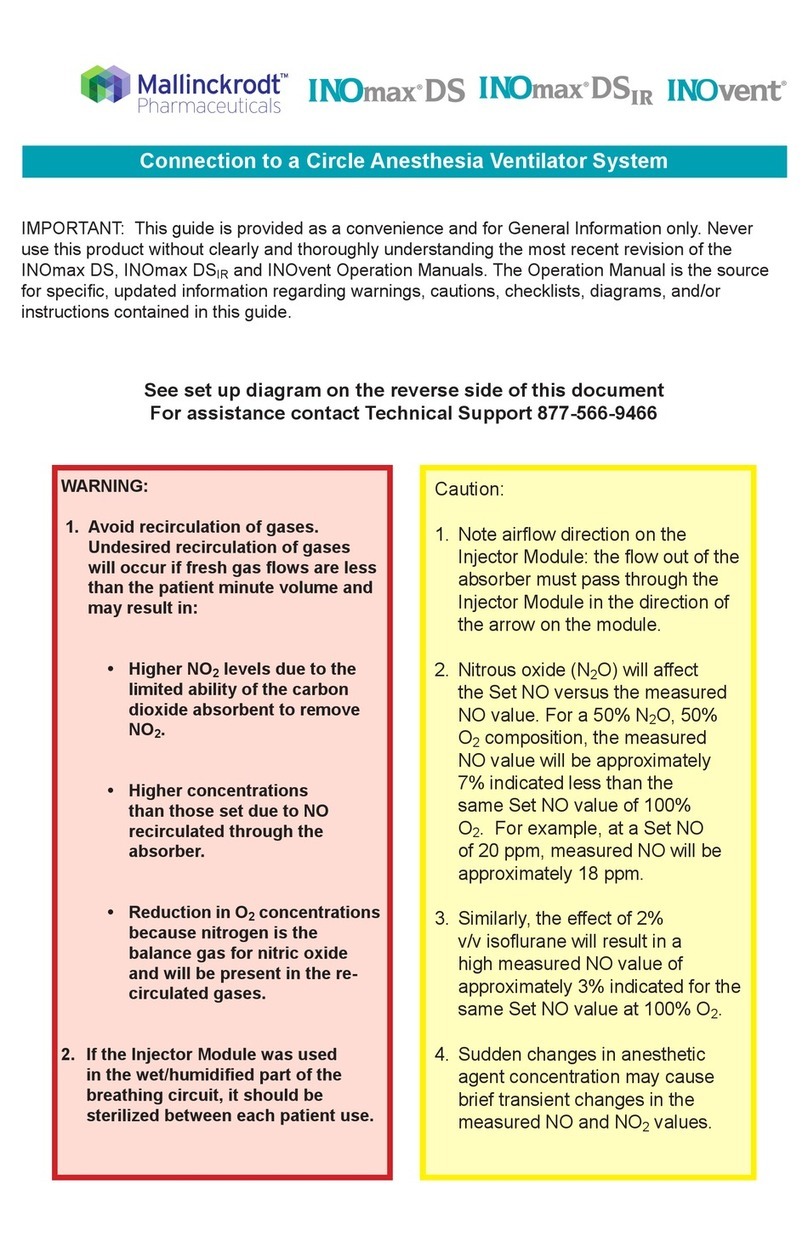
CONTENTS
iv
7.2 Repacking in Original Carton ......................................................................................................................7-1
7.3 Repacking in a Different Carton...................................................................................................................7-1
SECTION 8: Specifications..................................................................................................................................8-1
8.1 Performance..................................................................................................................................................8-1
8.2 Alarms...........................................................................................................................................................8-1
8.3 Electrical.......................................................................................................................................................8-2
8.4 Environmental............................................................................................................................................... 8-2
8.5 Physical.........................................................................................................................................................8-3
SECTION 9: Technical Supplement.................................................................................................................... 9-1
9.1 Introduction ..................................................................................................................................................9-1
9.2 Functional Overview.....................................................................................................................................9-1
9.3 Definition of Terms .......................................................................................................................................9-5
9.4 Overall Block Diagram.................................................................................................................................9-6
9.5 SpO2Analog Circuitry .................................................................................................................................9-6
9.6 Digital Circuitry..........................................................................................................................................9-12
9.7 Circuit Illustrations.....................................................................................................................................9-31
FIGURES
Figure 5-1: Sensor Lock, Printer, Paper, and Battery Access Doors......................................................................... 5-1
Figure 5-2: N-20PA Covers with the PCB and Display Assembly ............................................................................5-2
Figure 5-3: Main, Auxiliary, and Display PCB Assembly .........................................................................................5-3
Figure 5-4: Printer and Flex Circuit Assembly..........................................................................................................5-4
Figure 9-1: Overall Block Diagram...........................................................................................................................9-1
Figure 9-2: SpO2 Analog Block Diagram..................................................................................................................9-2
Figure 9-3: N-20PA Hardware Block Diagram..........................................................................................................9-3
Figure 9-4: Power Supply Block Diagram .................................................................................................................9-4
Figure 9-5: Display Control Block Diagram .............................................................................................................. 9-4
Figure 9-6: Printer Control Block Diagram................................................................................................................9-5
Figure 9-7: SpO2 Analog Circuitry Block Diagram...................................................................................................9-7
Figure 9-9: Differential Synchronous Demodulation Circuit ..................................................................................... 9-9
Figure 9-11: Variable Gain Circuit .......................................................................................................................... 9-10
Figure 9-12: Filtering Circuit ..................................................................................................................................9-11
Figure 9-14: Digital Circuitry Block Diagram ......................................................................................................... 9-13
Figure 9-16: Address Demultiplexing Circuit .......................................................................................................... 9-15
Figure 9-17: Address Decoding Circuit ................................................................................................................... 9-16
